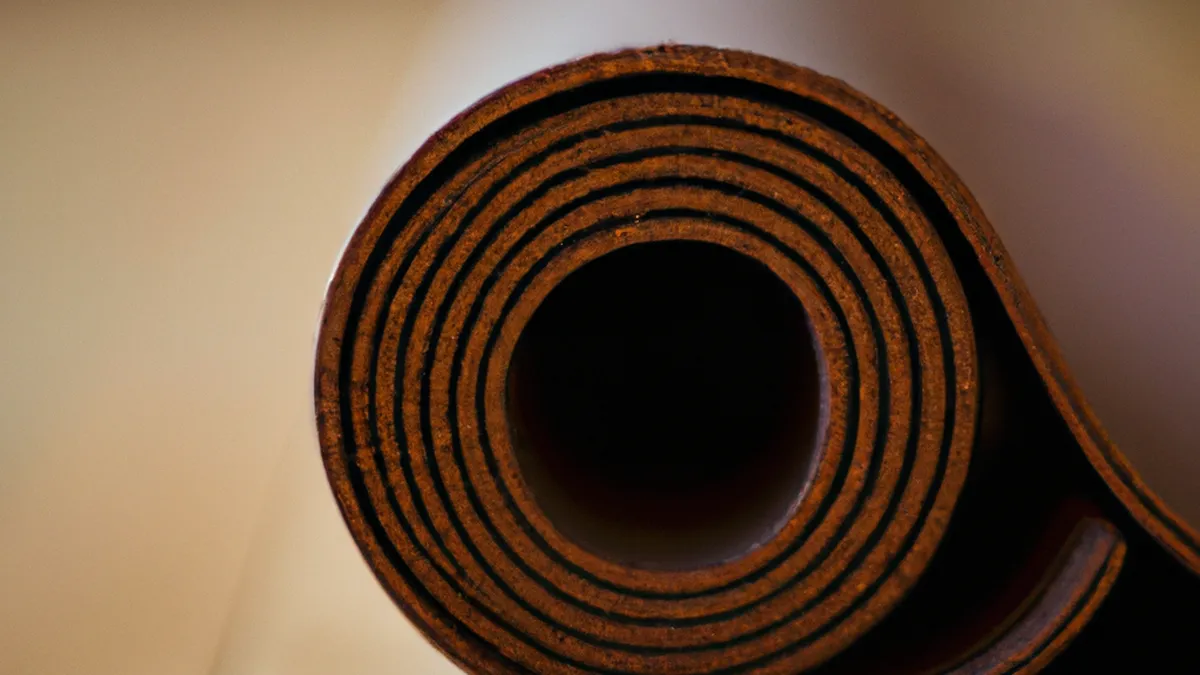Focus on Calf Mobility for Improved Dance Skills
Calf Mobility Practices for Dancers: Techniques and Tips
Dancers depend on their calves for strength, stability, and mobility. The gastrocnemius and soleus muscles support various movements like jumping and balancing. Tight calves cause discomfort, limit movement, and increase injury risk. Thus, improving calf mobility is vital for dancers. This blog offers practical techniques and tips to enhance calf mobility and boost performance.
Understanding Calf Mobility
Calf mobility involves flexibility and range of motion in the calf muscles. These muscles facilitate foot flexion and extension, providing power for explosive movements. Tight calves can lead to compensation patterns, resulting in injuries like Achilles tendonitis, plantar fasciitis, or knee pain. Maintaining calf mobility is essential for performance and injury prevention.
Techniques for Improving Calf Mobility
Stretching
Stretching effectively improves calf mobility. Here are several helpful stretches:
1. **Standing Calf Stretch**:
– Stand facing a wall and extend your arms for support.
– Step one foot back, keeping it straight and pressing the back heel into the ground.
– Bend the front knee to deepen the stretch in the back calf.
– Hold for 30 seconds before switching sides.
– This stretch targets the gastrocnemius muscle, which requires a straight knee.
2. **Seated Calf Stretch**:
– Sit on the floor with your legs extended in front of you.
– Loop a resistance band or towel around the ball of one foot.
– Gently pull the band toward you while keeping the knee straight.
– Hold for 30 seconds, feeling the stretch, then switch feet.
– This stretch effectively targets the soleus, especially with a bent knee.
3. **Downward Dog**:
– Begin in a plank position with your hands under your shoulders.
– Lift your hips toward the ceiling, forming an upside-down “V.”
– Press your heels toward the ground while slightly bending your knees.
– Hold for 30 seconds to stretch your calves and hamstrings.
Foam Rolling
Foam rolling helps release tension in the calves and improves mobility through self-myofascial release. It promotes blood flow and alleviates tightness. Here’s how to foam roll your calves:
1. **Position the Foam Roller**:
– Sit on the floor and place the foam roller under your calves.
Conclusion
Improving calf mobility enhances performance and reduces injury risks for dancers. Implement these techniques for better mobility and comfort.
Below are related products based on this post:
FAQ
Why is calf mobility important for dancers?
Calf mobility is crucial for dancers as it impacts strength, stability, and the range of motion in the calf muscles. Tight calves can lead to discomfort and increase the risk of injuries such as Achilles tendonitis and plantar fasciitis, thereby hindering overall performance.
What are some effective techniques to improve calf mobility?
Effective techniques to improve calf mobility include stretching exercises like the standing calf stretch, seated calf stretch, and downward dog. Additionally, foam rolling can help release tension in the calves and enhance mobility through self-myofascial release.
How often should dancers practice calf mobility exercises?
Dancers should incorporate calf mobility exercises into their routine regularly, ideally several times a week. Consistent practice can help maintain flexibility, enhance performance, and reduce the risk of injuries.















Post Comment